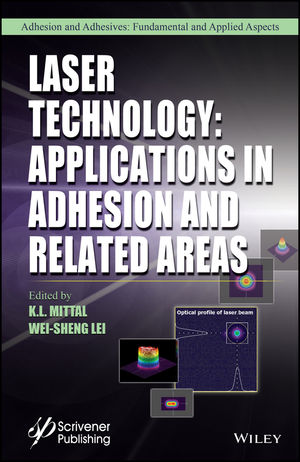We have been working on morphology control in latex particles for many years and have come to learn that achieving desired structures in composite particles is dependent not only upon the emulsion polymerization recipe, but also strongly upon the reaction process conditions. Among those important conditions are the monomer feed rates and the reaction temperature. Figure 1 shows an example of the effect of reaction condition changes upon the latex particle structure, here shown as transmission electron micrographs for styrene/acrylic latex particles.
These particles were formed from the same recipe and reaction temperature but with slow (left), faster (middle) and very fast (right) monomer feed rates. The styrene containing phase is dark in the photos.

A common misconception is that in a two-stage polymerization process the monomer that is fed during the second stage of the process is the polymer that eventually resides in the shell of the latex particle. While this may happen sometimes, it is by no means a guaranteed result. In fact, it is quite possible to have the two polymers in a completely mixed state at the end of the reaction. And it is also true that the addition of even small amounts of very hydrophilic co-monomer (e.g. acrylic acid, hydroxy acrylate) can have a significant effect on the final -structural outcome.
So, what allows us to make the particle morphology that we desire? Here are a couple of references to the literature that will shed more light on this issue.
- Core-Shell and Other Multi-Phase Latex Particles – Confirming Their Morphologies and Relating Those to Synthesis Variables”, J. Coatings Technology -Research, 5, 169-180 (2008).
- “The Structural Evolution of Composite Latex Particles during Starve-Fed Emulsion Polymerization: Modeling and Experiments for Kinetically Frozen Morphologies”, Macromolecular Reaction Engineering, 4, 424-431 (2010).
We welcome comments and further discussion of this topic. Please contact us via our website www.epced.com.







Report Abusive Comment